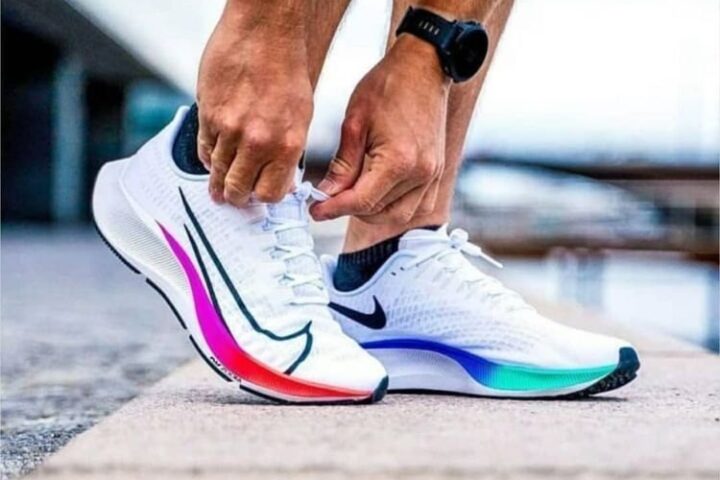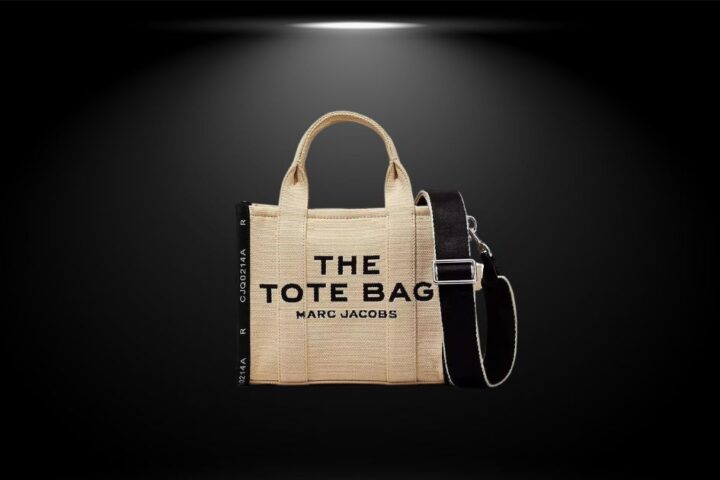It’s human nature to want one simple solution to one problem. The law of diminishing Marginal Utility explains why do we get tired of our garments and opt for retail therapy so frequently. We have made ourselves accustomed to a very specific lifestyle assisted by capitalism.
Dressing up is a personal way of communication. Outfits are our chosen skin. We express ourselves through them and that’s probably why the global fashion industry is worth 3000 billion dollars.[1]
What is fast fashion?
The shift in the fashion industry is moving ruthlessly towards a way of mass producing and mass gaining in return. The early 1960s opened doors to out sourcing textile from other developing countries around the world. The price of garments has surprisingly gone down but the cost of producing them has gone up. The more the production outsources the cheaper the price is to buy the garment. This organised model of consumption is commonly known as fast fashion.
The meteoric rise of fast fashion phenomenon has made the business boom overnight. Fast fashion has seemingly increased the profits generated by the fashion trade by trillions, thanks to cutting edge prices, fast track service structures, exploitable labour, accessible trends and cheaper raw material. In other words fast fashion is channelled through consumerist habits.
Indie fashion brands are at war with fast fashion brands?
The entire business model of these fast fashion brands revolves around the production of facsimile garments and making them accessible in the market quickly. Fast Fashion companies rip off the small ones all the time.[2]
Fast fashion brands like H&M, Zara, Shein, Boohoo, Urbanic, I.AM.GIA and many other e-commerce brands are facing major backlash currently. The consumers are demanding accountability from fast fashion brands, as more and more incidents are coming to light. These brands continue to be under the microscope as Indie designers continue to accuse them of ripping off their work.
Elexiay, an indie fashion designer from the United States tweeted that Shein copied the Amelia top from her line, the top which is a handmade sweater from Nigeria and which costs for $330 and being sold by Shein for $ 17. H&M got into its own plagiarising controversy by putting Gosha Rubchinsky’s signature on its apparel. In addition to this Urban Outfitters won the long legal battle against Navajo Nation in matter of using Native American tribe’s indigenous patterns on its merchandise.[3]
The outcome of this piracy combat does not leave the smaller brands with anything. Indie brands promote slow fashion; they come up with not more than three collections every year. They put grass root efforts into producing their end product. It is a combination of time and patience as each product is uniquely suited for its buyer.
Duking it out in the court doesn’t always fetch positive outcomes. Indie brands don’t always have a legal leg to stand on, to face their plagiarists. For them voicing their injustice is equivalent to finding a needle in a haystack. Until this plagiarism discontinues they can’t break away from the shackles of capitalism and can never be acknowledged for their creativity, work.
In addition to this, the law lacks to shield fashion. Unlike music, drama or entertainment fashion has never been sheltered under the American copy right law correctly, thus giving a free pass for designs to be duplicated without consent.[4]
According to the tradition copyright regime laid down in the Indian IP laws, specifically The Copyright Act, 1957[5] and The Designs Act, 2000[6] there are two types of protection provided for designer clothes. First protects the sketch of any design of the garment but not the garment itself. The second protects the design/shape of the garment itself, constituting its unique fabric and tailoring. The legal doctrines are non-complaint and evidently out-dated. The Act offers limited scope of hope for the creative minds in the fashion business. Although the need to modify these regulations is noticeable.
Designers around the world are aggressively trying to bring their work under these provisions. It is innocuous to say that this is the era of evolution of fashion.
Is Fast Fashion still better than slow fashion?
Can garments be environmentally destructive? Fashion Industry is the world’s third most polluting industry and the credit for this goes to fast fashion.[7] Fast fashion encourages the consumption of inexpensive fabrics comprising of micro plastics, which are commonly out sourced from Asian developing countries where the factories run on coal and gas.
As fast fashion is centred on coming and going of trends, hence the mass production of clothes leads to discard of textile in bulk leaving 10% of humanity’s carbon emissions. The rise in fast fashion is to be solely blamed for this. Keeping up with the trends translates into 85% retail produce being dumped every year.
The pressures of society disables people to see the long term benefits, being trendy and wearing up to date pieces are being normalised. This is what the definition of beautiful is whereas slow fashion endorses durability, stability. Slow fashion lasts longer it is healthy for both the environment and the consumers.
Globalised production means that all of the making of goods has been outsourced to lost –cost economies, particularly where labour is cheap. Therefore the ones at top of this value chain get to decide where the production will be done. Thus, factories located in such countries tend to get into unhealthy competition with each other. The labour working in these outlets are left with no choice but to be work under such oppressing conditions because they know they are replaceable. The labours that are a part of the supply chain are put at risk at the cost of producing garments. This phenomenon of the fast fashion world is known as modern slavery.
What is the Future of fashion?
The global market is changing and consumers are not only interested in the end product itself but also want to be informed about the impact of their purchase on this planet. The push towards transparency and sustainability is visible.
Opting for fast fashion is a detrimental option; it’s being boycotted by the youth. Vintage shopping is being highlighted and endorsed by influencers. Renting garments for a one time occasion is becoming a trend. The Gen Z is bringing a paramount shift in the retail industry. Social media is playing a key role in making hidden facts knows about fast fashion and also promoting the indie brands at the same time. The undercurrent of technology which is pervasive in every industry is finding itself in the fashion industry. Fashion tech will modify the textile industry by producing ecologically efficient clothing. Slowly fast fashion is being discarded. The sentiment of moving towards slow fashion choices is being echoed by purchasers all around the world. As they continue to make a conscious effort to stand with brands that are in the right.
[1] https://fashionunited.com/global-fashion-industry-statistics/
[2] https://www.vox.com/2018/4/27/17281022/fashion-brands-knockoffs-copyright-stolen-designs-old-navy-zara-h-and-m
[3] https://www.npr.org/2021/07/20/1018381462/why-indie-brands-are-at-war-with-shein-and-other-fast-fashion-companies
[4] https://www.vox.com/2018/4/27/17281022/fashion-brands-knockoffs-copyright-stolen-designs-old-navy-zara-h-and-m
[5] https://copyright.gov.in/documents/copyrightrules1957.pdf
[6] https://ipindia.gov.in/writereaddata/images/pdf/act-of-2000.pdf
[7] https://www.theecoexperts.co.uk/blog/top-7-most-polluting-industries
Author: Aditi Gupta, Intern (July- August)










